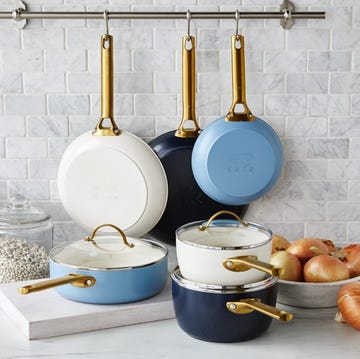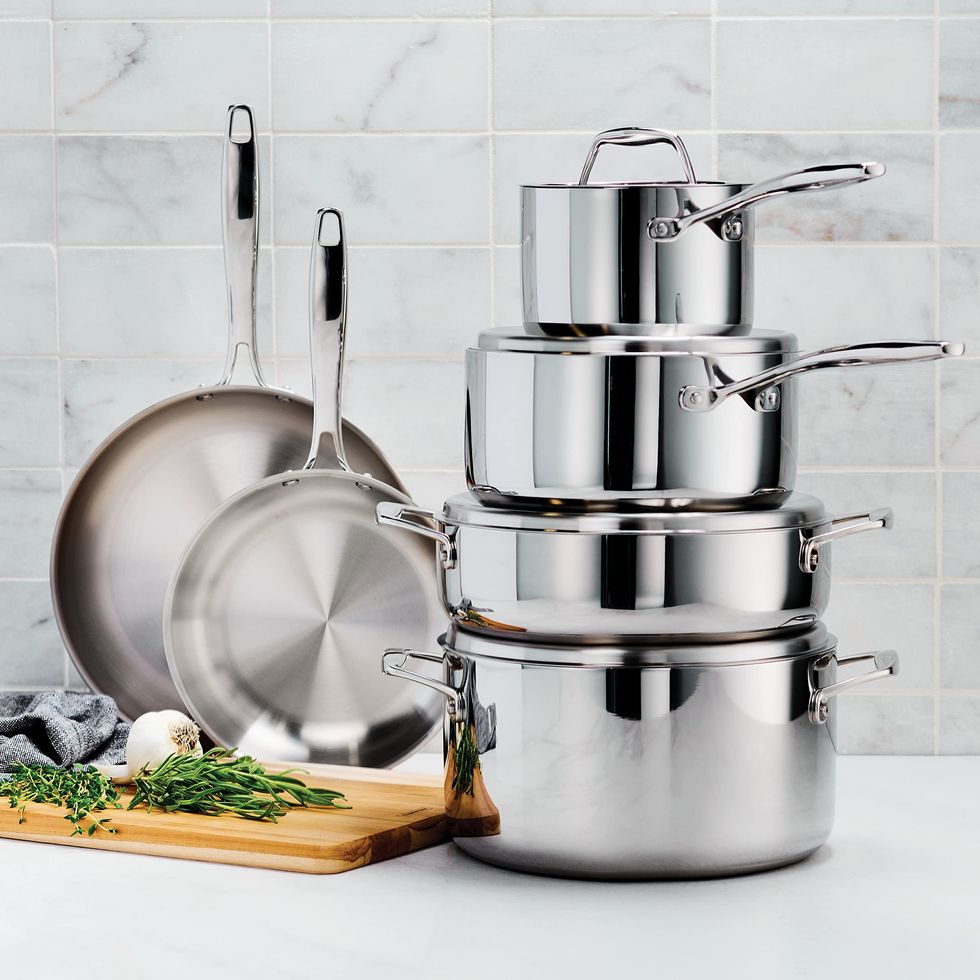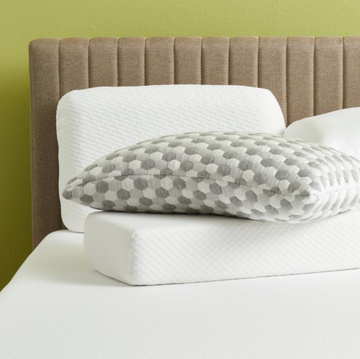5 Best Induction Cookware Sets, According to Our Experts
These are the best sets for fast, even cooking.

We've been independently researching and testing products for over 120 years. If you buy through our links, we may earn a commission. Learn more about our review process.
Cooking with induction is becoming increasingly popular. It offers several benefits compared to gas and electricity, including rapid heating, shorter cooking times, and improved energy efficiency. If you are considering switching to induction or have recently made the switch, you may need to invest in new cookware, as not all pots and pans are compatible.
One easy way to check if your existing cookware works with induction is by using a magnet to see if it sticks—but, as my team and I have used more and more induction appliances, we've realized that's not all that matters. Induction cookware needs to have good heft and a wide, flat bottom to maximize contact with the burner (the only way it will heat is if it touches the heating element).
In the Good Housekeeping Institute Kitchen Appliances and Innovation Lab, we've tested more than 150 sets of cookware over the years, primarily on gas ranges, as well as many induction ranges, cooktops, and portable cooktops. Many of our top-tested cookware sets unsurprisingly double as the pots and pans we recommend most for induction use. They're top-quality and built to last.
Jamie Ueda is a consumer products expert with over 17 years of experience in areas of product development and manufacturing. She has held leading roles at both mid-size consumer goods companies and one of the most notable and largest apparel brands in the world. Jamie has contributed to several of the GH Institute Labs, including Kitchen Appliances, Media and Tech, Textiles and Home Appliances. In her free time she enjoys cooking, traveling, and working out.
Nicole (she/her) is the director of the Good Housekeeping Institute's Kitchen Appliances and Innovation Lab, where she has overseen content and testing related to kitchen and cooking appliances, tools and gear since 2019. She’s an experienced product tester and recipe creator, trained in classic culinary arts and culinary nutrition. She has worked in test kitchens for small kitchen appliance brands and national magazines, including Family Circle and Ladies’ Home Journal.
Eva (she/her) is a reviews analyst in the Kitchen Appliances and Innovation Lab, where she tests kitchen gear, home appliances and culinary innovations. She graduated from NYU with a bachelor of science in food studies, nutrition and public health and is a trained chef through the Natural Gourmet Institute. Eva has more than 10 years of experience in the food industry, working as a food stylist, personal chef and marketing manager.

Readers Also Read

The Best Induction Ranges

43 Thoughtful Gifts for Mom

The Best Ceramic Cookware Sets

Our Review of GreenPan Cookware




















